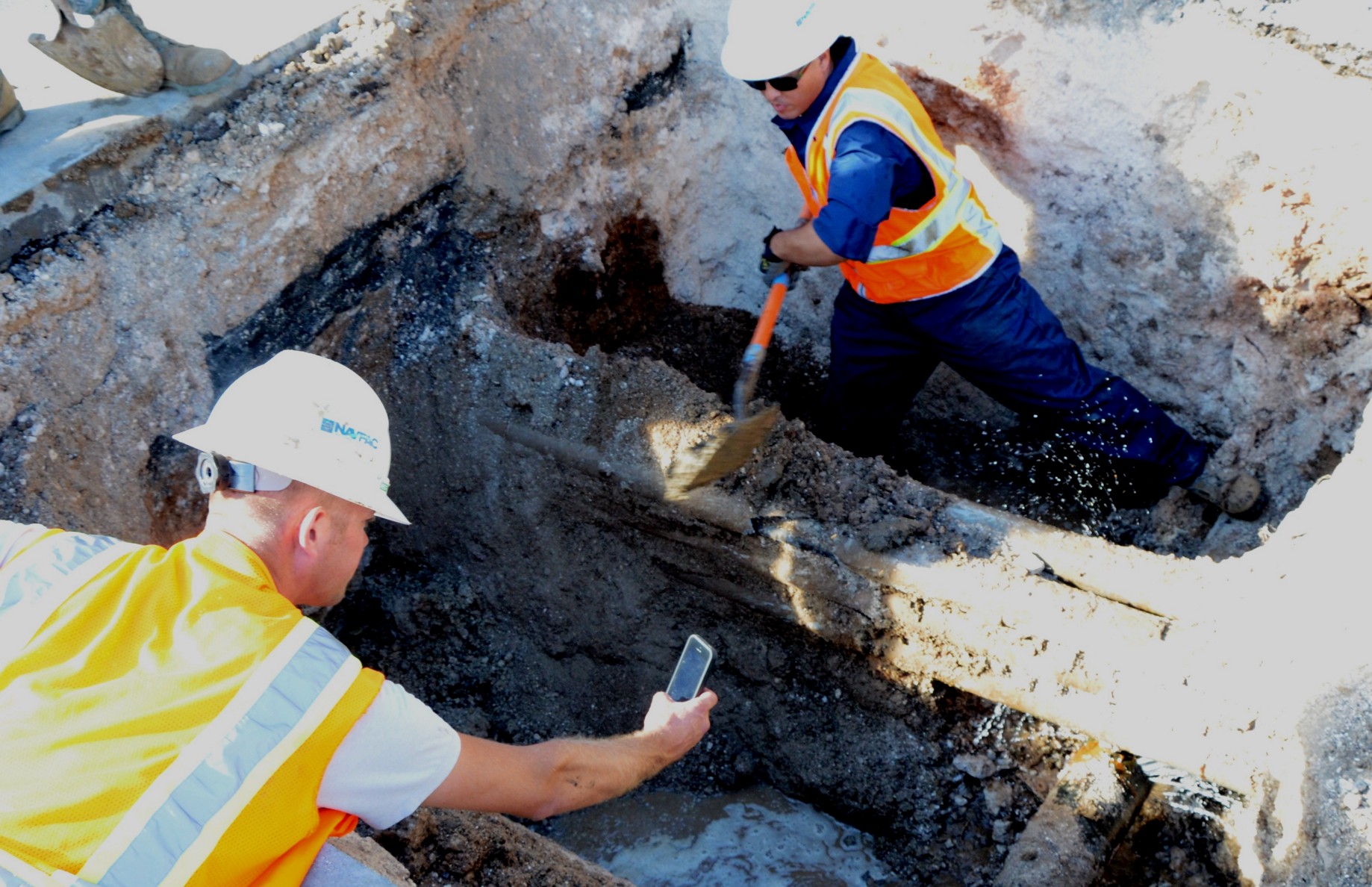The quality of storm drainage pipelines can make or break any property’s integrity. Storm drainage pipelines help carry water away from the property, preventing mold, structural damage, and biohazards. Hence, regular maintenance is crucial for optimal function.
However, pipe repair comes in different forms. For example, trench pipe repair seeks to restore damaged pipelines by digging them out and replacing them entirely. In contrast, cured-in-place pipe repair (CIPP) remediates pipe systems by repairing them from within with eco-friendly materials.
Read on to learn how CIPP can help improve the integrity of storm drainage pipelines.
What is CIPP?
Cured-in-place pipe repair CIPP is an innovative technology that allows experts to restore failing storm drainage pipelines without digging. Instead, it involves inserting a flexible epoxy liner into the damaged pipe, inflating it with air or water pressure, and curing it with heat or UV light.
The main benefit of CIPP is its non-invasive nature, which helps property owners avoid extensive landscape and property damage.
How Does CIPP Work?
Here is a detailed breakdown of the CIPP process:
- Cleaning: To begin the process, the expert team cleans the affected line to remove any clogs or blockages. This part is crucial because obstruction can easily interfere with and affect the entire process. Experts usually use high-pressure water jets to push the clogs further down the drain.
- Inspection: Now that the line is clear, experts peer into the pipeline with a video camera. It allows them to locate the fault, gauge the damage, and determine the proper fix.
- Access point: After the inspection, specialists drill a small hole into the pipeline to allow them access to remediate it.
- Insertion: Experts pull or push a flexible resin liner into the underground pipe through the access point. Afterward, they use air or water pressure to inflate the epoxy, spreading it against the inner walls of the damaged pipe. Then, using ultraviolet light or heat, they cure the new line, hardening it and creating a joint reinforcement from within.
- Final inspection: After curing the new line, the expert team must confirm the procedure’s success. At this point, they examine the line with a video camera, checking for visible faults. Then, they introduce high-pressure water jets to test for faults. If the procedure is successful, the expert team seals the access point to conclude the operation.
Advantages of CIPP for Storm Drainage Pipelines
Cured-in-place pipe repair CIPP benefits pipe systems in various ways, including:
It is Fast
In commercial and industrial scenarios, pipe repair can incur costs by causing long downtimes. Trench repair, for instance, can take a repair team several days, even weeks, to repair. Luckily, CIPP’s non-invasive nature makes it possible for experts to complete the process in a matter of hours.
It is Minimally Disruptive
Since CIPP doesn’t require trenching, experts can complete the process as property occupants go about their daily activities. In contrast, trench pipe repair requires occupants to vacate the property for several days or weeks to avoid dangerous accidents.
It is Cost-effective
CIPP is an economical pipeline repair option because it doesn’t require costly equipment. On the other hand, trench repair involves heavy-duty digging equipment to help experts dig out the line to replace it. Plus, the aftermath of trench pipe repair is extensive landscape damage and expensive repairs.
Also, CIPP uses epoxy, which is cheaper than new steel, concrete, or plastic pipes.
It is Sustainable
CIPP is a sustainable repair technique because experts can safely conduct the procedure several times. Since it is non-invasive, economical, and fast, CIPP is a no-brainer for many property owners. In addition, relined pipes can increase the lifespan of a pipe system by a century.
It is Eco-friendly
Trench pipe repair breaks up the landscape to remove damaged underground pipes, causing waste, damage, and carbon emissions. In contrast, CIPP accesses the damaged line through a small access point, significantly reducing the chances of waste and pollution.
Also, CIPP pipes consist of epoxy, an organic and plant-based material. Epoxy is completely degradable, making CIPP a green pipe repair option for industries to remediate storm drainage pipelines.
It is Versatile
Experts and property owners swear by CIPP because it affords them a versatile pipe repair option. Specialists can perform CIPP on storm drainage pipelines of different diameter sizes and materials such as PVC, concrete, steel, plastic, and clay.
It is Durable
One main benefit of cured-in-place pipe repair is its durability. CIPP pipes last for about fifty years, making them a long-lasting pipe solution. Also, epoxy is resistant to root intrusion, wear, and corrosion, so property owners can rest assured their pipe systems will last.
Overall, CIPP effectively gets damaged storm drainage pipelines back on their feet. It is sustainable, economic, and wear-resistant, affording property owners a safe and reliable pipe repair method.
You need professional assistance if your storm drainage pipe systems have been damaged. If neglected, faulty storm drainage pipelines can introduce water damage that can cause structural damage, mold, and biohazards.
Contact us at Advanced Pipe Repair, where our expert team is equipped to handle damaged pipe systems. Our specialists have the expertise to restore your storm drainage systems to their pre-damaged state. We will always perform a video operation to assess the damage and determine the ideal trenchless fix.

